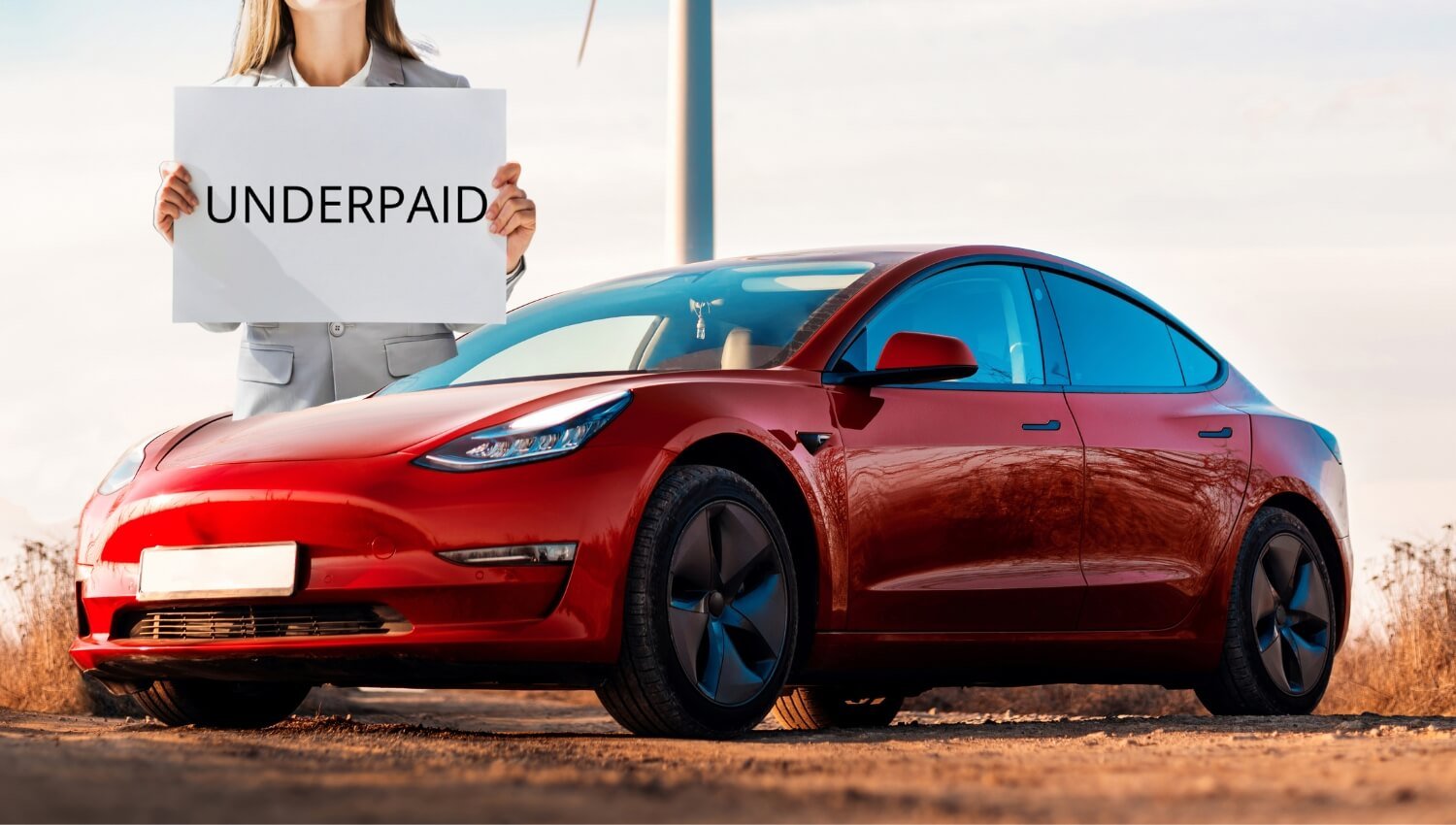The increasing demand for electric vehicles signals the beginning of a sustainable era in transportation. EVs have many advantages, including lower carbon emissions and low dependency on fossil fuels, both of which help to create a more green future. More importantly, though, EVs are popular for their lower cost of running, which leads to immense savings in the longer run.
The upfront costs and affordability of EVs, however, is a significant obstacle for low-wage American employees who often find it to be unaffordable. Assuring these workers’ access to EVs would not only promote egalitarian progress but also aligns with the larger objective of a cleaner and more sustainable future, but closing this gap will need to take into account the socio-economic spectrum.

Table of Contents
Increase in Demand for Electric Cars
The market for electric vehicles is dominated by a surge in demand, signaling the rapid pace of the electric car revolution. Growing environmental concerns are driving this change as people look for greener alternatives to conventional gasoline-powered cars. In order to mitigate climate change and the deterioration of air quality, EVs present an appealing option by producing less pollutants and greenhouse gasses.
Governments are taking part in the revolution all throughout the world, and are acting proactively in response to this change. To encourage the adoption of EVs, programmes and incentives are being launched supported by the Government. Reductions in registration fees, tax refunds, and subsidies act as a sweetener, reducing the initial cost hurdle for customers.
Furthermore, the barrier of range anxiety is being eliminated with better-charging infrastructure along highways and cities.
Maintenance Cost of Electric Cars
Although the automotive industry has seen a gradual transition towards electric vehicles, some parts of EVs are more expensive than those of conventional cars. The battery pack is the main cause of this disparity. An electric vehicle’s battery costs are mostly due to the complex materials and technologies needed for effective energy storage.
Moreover, the electric motors and power electronics that make up the foundation of an electric vehicle’s propulsion system are typically more costly due to specialized engineering and manufacturing processes. Adding to this is the R&D cost to give a better range and improve the efficiency of newer cars.
Although improvements in battery technologies have resulted in a slow decline in price, the complicated chemistry and labor-intensive assembly procedures still continue to drive up the costs. In addition, constructing the necessary infrastructure for charging is a significant investment. The substantial financial outlay needed to establish a vast network of charging stations affects the overall cost of EV adoption.
The long-term advantages of electric cars over conventional vehicles outweigh their higher initial price. Due to lower running costs for electricity compared to petrol, fewer moving parts that need maintenance, and regenerative braking that prolongs brake life, EVs have much lower operating expenses. These elements may eventually outweigh the initial purchasing price. The government offers incentives to EV owners as well, which contributes to reducing the price difference even more.
The Issue of Underpaid American Workforce
One worrying feature of the US economy is the problem of the underpaid labor force. Wage stagnation and income inequality continue despite the general expansion of the economy.
According to the Economic Policy Institute, hourly wages increased by 15.8% between 1979 and 2019, despite a 59.7% growth in production during that same period.
Over this period, the median worker would have earned $9.00 more per hour if median hourly compensation had increased at the same rate as productivity.
This discrepancy is caused by multiple variables. Among the main offenders are automation, globalization, technical innovation, weakening labor unions, and changes in job patterns. Individual livelihoods are negatively impacted by income inequality, but the economy as a whole is also adversely affected. Low pay reduces consumer purchasing power, which in turn limits potential expenditure and restricts economic expansion.
To solve this problem and ensure a just and prosperous future for the American workforce, a comprehensive strategy is required, one that involves encouraging inclusive economic growth, strengthening employee bargaining power, and updating labor regulations.
Affordability of Electric Vehicles
Consumer affordability is a critical factor in the wider adoption of electric vehicles, and it presents an immense challenge in light of the US labor shortage. Due to their limited financial resources, many low-wage individuals find it difficult to consider buying electric cars (EVs). Low pay limits your options and makes it difficult to save money for big purchases like electric vehicles.
In this case, raising wages would have a beneficial cascading effect. Better pay would provide employees greater financial freedom to explore energy-efficient solutions like electric vehicles. Those who earn more money may have more disposable income, which would enable them to make greener decisions without going over their spending limits.
What’s The Way Ahead?
Several business and governmental options are available to get around the financial obstacles that low-wage American employees confront when purchasing electric vehicles. Government regulations are essential in promoting the use of EVs. Incentives including tax exemptions, subsidies, and refunds are offered in the US to lower the initial cost of buying an EV. These incentives support environmental sustainability in addition to increasing the accessibility of EVs for a larger segment of the market. In fact, some electric cars already qualify for a $2,500 – $7,500 federal tax credit.
Moreover, businesses and automakers are proactively attempting to reduce the price of electric cars via innovation and economies of scale. Costs are reduced as production volumes rise in response to the growing demand for EVs. While R&D costs are always rising, they will benefit in the longer run as companies. They would be able to lower the cost of cars and increase the value-for-money quotient due to advancements in battery technology, materials, and manufacturing techniques.
Conclusion
With cleaner and more environmentally friendly transportation options, the development of electric cars has transformed the automotive industry. However, the expense continues to be a barrier, particularly for US workers who get low wages. They find it challenging to purchase electric cars (EVs) due to their financial constraints.
Wage increases would empower these individuals and encourage them to think about EVs as a viable choice. Businesses are proactively pursuing innovative solutions and cutting costs. Manufacturers are bringing down the cost of EVs through economies of scale, technological innovations, and optimized manufacturing procedures.
An environmentally friendly future is made possible by cooperation between businesses, governments, and the public in promoting the use of electric vehicles. This combined effort speeds up the shift to environmentally friendly and sustainable transportation through government support in the form of incentives and rebates, technological innovation, and awareness-raising.



















Evs are not green cars at all.
A petrol car takes approximately 100 tons of dirt moved to make on, your dirty ev takes 600 tons.
Then batteries being made and replaced in 8-10 years nor are evs cheap to use as they cost more to travel than a fuel car.
The outrageous cost of EVs is just more proof climate change is a political scam.
The American worker isn’t under paid. The American worker is over taxed. We are taxed at every stage of production and for every hour worked. And in a lot of cases we are taxed on things we already own and have been taxed on, such as our homes and cars. The problem for the American worker is a greedy government who uses tax dollars as a way to buy votes for those who don’t work.
Dont by ev simple as that.